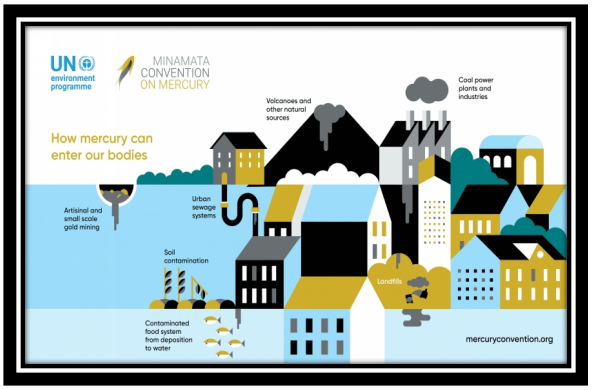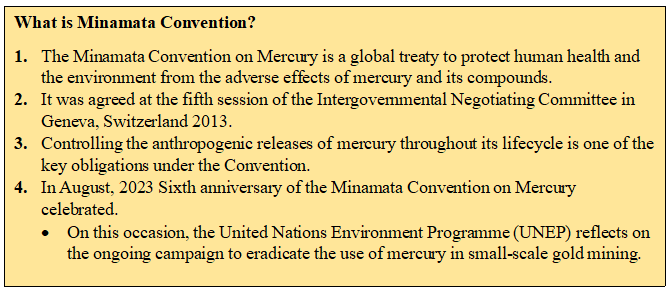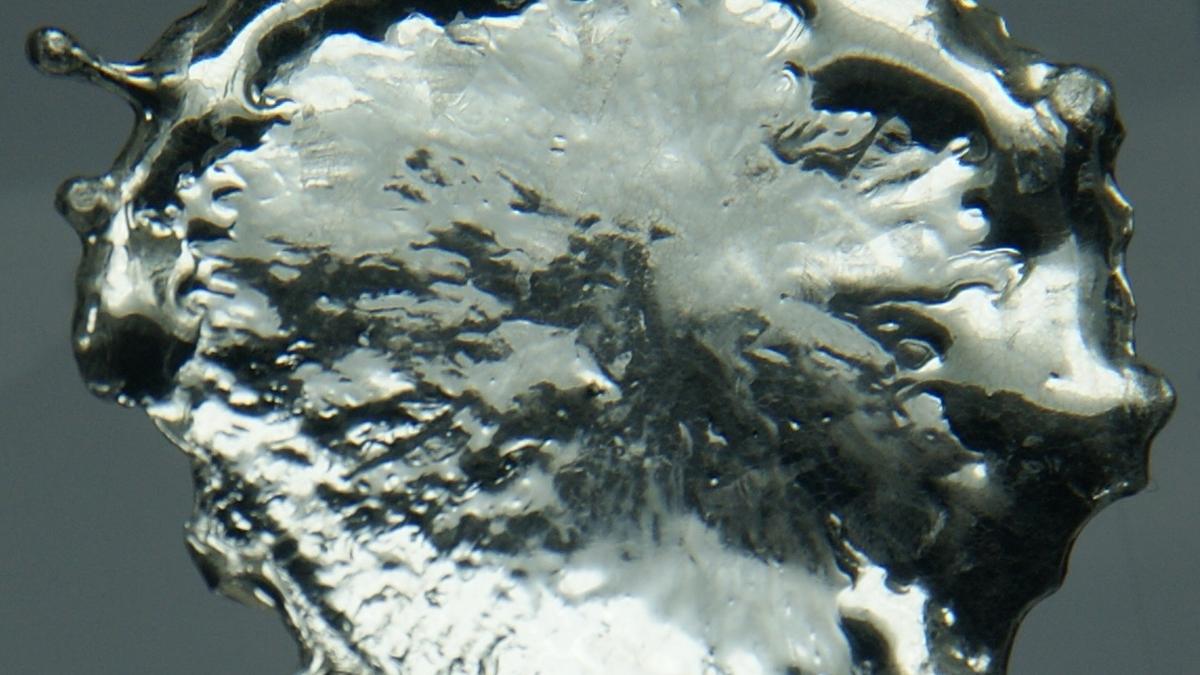- Courses
- GS Full Course 1 Year
- GS Full Course 2 Year
- GS Full Course 3 Year
- GS Full Course Till Selection
- Online Program
- GS Recorded Course
- NCERT (Recorded 500+ Hours)
- Polity Recorded Course
- Geography Recorded Course
- Economy Recorded Course
- AMAC Recorded Course
- Modern India, Post Independence & World History
- Environment Recoded Course
- Governance Recoded Course
- Science & Tech. Recoded Course
- International Relations and Internal Security Recorded Course
- Disaster Management Module Course
- Ethics Recoded Course
- Essay Recoded Course
- Current Affairs Recoded Course
- CSAT
- 5 LAYERED ARJUNA Mentorship
- Public Administration Optional
- ABOUT US
- OUR TOPPERS
- TEST SERIES
- FREE STUDY MATERIAL
- VIDEOS
- CONTACT US
Minamata Convention
Minamata Convention
08-11-2023

Context
From 30 October - 3 November, 2023 fifth meeting of the Conference of the Parties to the Minamata Convention (COP-5), held in Geneva.

Key Highlights
- Made significant progress by adopting 23 decisions to keep protecting human health and the environment from the harmful effects of mercury.
- For the first time, COP pushed to reduce mercury supply sources and trade by strengthening capacities at national level and developing study on global supply, trade, production and use of mercury compounds.
- Implementation of projects and programmes undertaken under Convention with participation of Indigenous Peoples and local communities.
- Limit of 15 mg/kg concentration of mercury is set as threshold for wastes contaminated with mercury or mercury compounds.
- Amend Annex A of Convention to list phaseout dates for certain types of batteries, switches and relays, fluorescent lamps, and cosmetics.
- Amend Annex B of Convention to mandate phaseout of mercury in polyurethane production by 2025.
|
Annex A |
|
|
Annex B |
|
|
Annex C |
|
|
Annex D |
|
|
Annex E |
|
Mercury
- Mercury is a naturally occurring element found in the Earth's crust.
- It is considered by the World Health Organization (WHO) as one of the top ten chemicals or groups of chemicals of major public health concern.
Major Applications of Mercury
-
Thermometers and Barometers
- Mercury's high coefficient of thermal expansion and easy visibility make it suitable for use in traditional thermometers and barometers.
-
Chemical and Mining Processes
- Mercury has been used in various chemical and mining processes, including the production of chlorine and mining of gold.
-
Electronics and Electrical Switches
- Mercury-wetted switches are used in various electrical applications because mercury's conductivity and low resistance make it suitable for creating a reliable electrical connection.
Sources of Mercury Pollution:
-
Natural Sources:
- Volcanic eruptions release small amounts of mercury.
- Erosion of rocks and soil can release mercury into water bodies.
-
Anthropogenic Sources:
- Artisanal and Small-Scale Gold Mining (ASGM): It is a major source of mercury pollution, where mercury is used to extract gold from ore.
- Mercury is used to extract gold particles from ores, creating amalgams that are later heated to evaporate the mercury, leaving behind gold.
- Artisanal gold mining operations are responsible for 37% of global mercury pollution.
- Industrial Processes: Various industries, such as chlorine production, cement manufacturing, and waste incineration, emit mercury.
- The cement industry is responsible for around 11% of global anthropogenic mercury emissions.
- Waste Disposal: Improper disposal of e-waste products containing mercury, such as fluorescent bulbs and batteries, leads to mercury leaching into the environment.
-
Associated Impact:
- Methylmercury accumulates in aquatic organisms like fish. People primarily come into contact with methylmercury through the consumption of fish and shellfish.
- This compound carries a higher risk of causing Minamata disease, a condition characterized by sensory impairment, tremors, and both auditory and visual deficits.
- This illness was initially observed in the residents of Minamata Bay, Japan, who consumed mercury-contaminated fish due to industrial waste pollution.
Way Forward
- Mercury-Removing Filters: Innovative mercury-removal filters for industrial emissions, wastewater treatment, and consumer products can be designed and deployed.
- These filters could selectively capture and adsorb mercury particles from air and water streams.
- Phytoremediation: Phytoremediation, allows plants to absorb and accumulate mercury from soil, water, or sediments. These plants can then be harvested and safely disposed of, effectively removing mercury from the environment.
- Implementing planetGOLD Program: There is a need for global implementation of the planetGOLD program, led by UNEP, which seeks to eliminate mercury from artisanal gold mining and create safer working conditions. It operates under the Minamata Convention on Mercury.
- Funded by the Global Environment Facility, the program provides financial and technical support to help miners transition away from mercury use.
- planetGOLD's mercury-free processing plant in Burkina Faso serves as a model for transitioning away from mercury.



